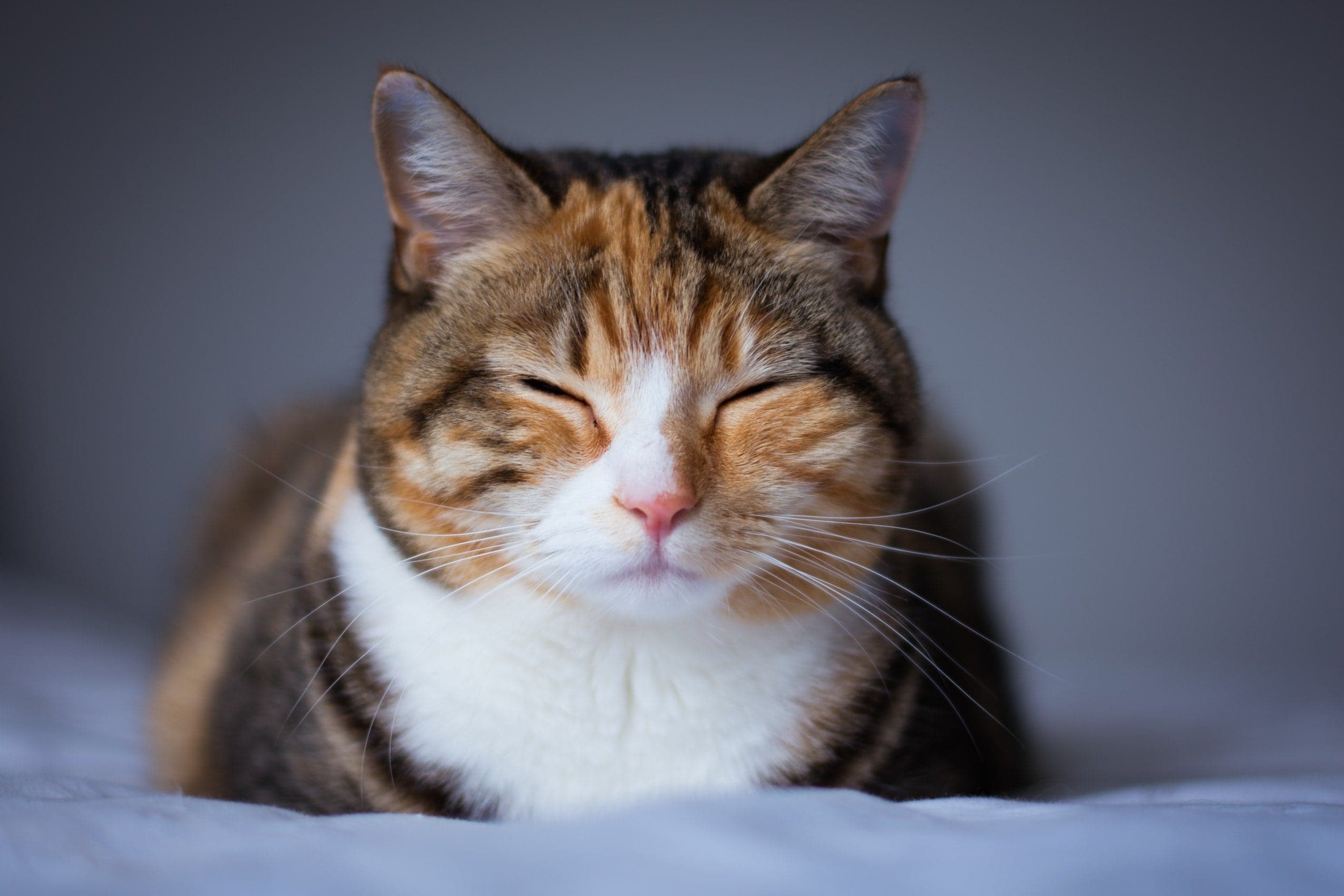What is tooth resorption?
A cat's tooth consists of several important structures. Within the tooth is the pulp cavity which contains the pulp tissue – blood vessels, lymphatic vessels, and nerves. Surrounding the cavity is a hard, bone-like tissue called dentin – the bulk portion of the tooth's structure. The outer, white layer of the tooth consists of the hardest tissue in the body – the enamel.
Tooth resorption is a dental disease in which the structures of a tooth are progressively degraded, consequently leading to irreversible tooth damage. The resorption process usually begins with enamel erosion along the gums and advances towards the centre of the tooth into dentin. As the resorption progresses, more and more of the tooth may be damaged. The teeth most commonly affected by resorptive lesions are lower premolars.

Types of the tooth resorption
Based on the appearance of the root, two types of the tooth resorption are recognized:
Type I tooth resorption is characterized by an eroded crown of the tooth, but the radiographic appearance of the root remains unaffected. This means that the periodontal ligament of the root (the dark outline of the root which attaches the tooth to the bone) can be easily recognized on the scan.
In type II of the disease, the root appears disintegrated and the periodontal ligament cannot be easily discriminated from the bone.
Causes of tooth resorption in cats
The exact cause of tooth resorption in cats is not well understood. Type I tooth resorption can be one of the consequences of periodontal disease. In other cases, the true underlying cause remains unexplained. Some veterinarians theorize that high levels of vitamin D in a cat's diet might be linked to tooth resorption, but currently, there is little concrete evidence to support this hypothesis.
Clinical presentation of tooth resorption in cats
Early on, the resorption of the tooth may lead to the appearance of holes in the tooth, which can often be mistaken for cavities. If you notice cavity-like structures in your cat's teeth, make sure to pay a visit to the vet as soon as possible, as cavities are actually quite rare in cats; the holes are more likely to be resorptive lesions.
As the disease progresses and makes it through to the dentin, the affected tooth becomes more and more painful. The most obvious sign of toothache in cats is discomfort while feeding. If your cat's tooth hurts, you might notice that they are chewing more slowly and cautiously than before, they might be turning their head side-to-side while chewing, and they might even be dropping pieces of food while trying to chew. If the pain is intense, some cats might avoid eating dry food altogether, show signs of reduced appetite and even lose weight.
Once tooth resorption is advanced and severe, you might start noticing blood along the gum lines and more pronounced holes in the tooth. At this point, the disease is likely very painful for the cat.
Diagnosis and treatment of tooth resorption in cats
The veterinarian will likely visually examine your cat's teeth first. If they suspect resorptive damage, they will probably want to do an X-ray in order to determine whether the tooth is damaged below the gum line. If the veterinarian diagnoses resorptive lesions and the disease is recognized early, some lesions might be filled in, which will relieve some of the pain your cat may be feeling. However, the resorptive process cannot be stopped and, in most cases, affected teeth must be extracted. Tooth extraction can prevent the disease from leading to extreme pain and discomfort. If your cat must have multiple teeth extracted, they may struggle chewing dry food and you might be advised by the veterinarian to switch to softer food to allow your cat to eat more comfortably.

Dental health is critical for your cat’s overall wellbeing. As a cat parent, you should regularly check your cat's teeth, maintain their oral hygiene correctly, and remain aware of any possible signs of concern. If you notice any changes in your cat's teeth, gums or breath odour, do not delay your visit to the vet. Dental disease is extremely common in cats, but conditions such as tooth resorption are often underdiagnosed or only diagnosed at their advanced stages because cat owners often lack information about maintaining feline dental hygiene at home.



